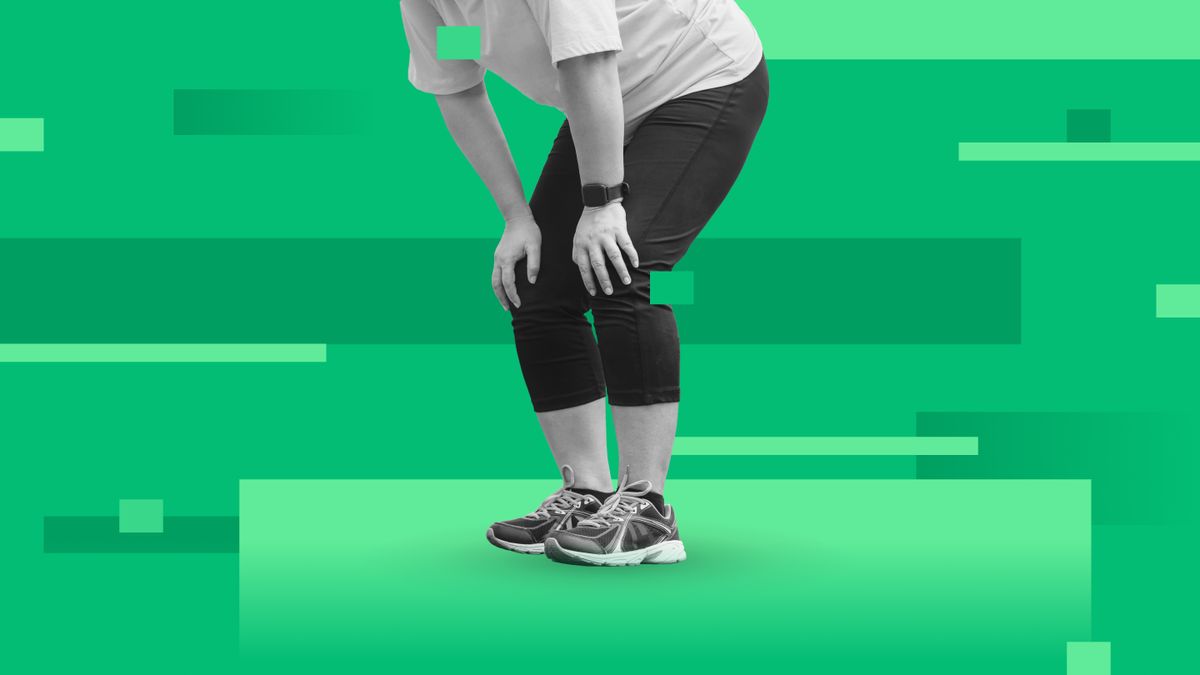My running cadence is killing me

Running cadence is the number of steps taken while running for one minute. This is the first of two quantities that help determine the speed of the runner, and the second is the length of the stride. If you are an amateur and want to improve your results, run faster and more efficiently, you should work on your cadence first.
It is widely believed that 180 steps per minute is the optimal cadence when running. However, this judgment is erroneous and should not be trusted. The best running cadence is a range, not a single number to aim for.
Why is cadence important
The lower the frequency of steps, the greater the load is on the body. By accelerating your pace, you start to push off the ground more often, which means you run faster. If you are in the air for too long while running, or vice versa, on the ground, then you slow down.
The proper running technique greatly improves cadence, because the body is exposed to less impact this way.
How to measure cadence
Finding your cadence while running doesn't take much effort. To do this, you just need to count the number of steps taken while running in a minute. To make things easier, you can count the steps of one foot and then simply multiply the result by two. We recommend taking measurements several times: this way you will know the optimal range for yourself.
In addition, you can count cadence using special applications on your smartphone or sports bracelets and watches.
How to improve cadence
It is necessary to increase the frequency of steps gradually. To do this, it is important to develop neuromuscular connections by running or jumping in place. Also, do not forget to strengthen the feet and increase joint mobility.
You can also train the rhythm of running under a metronome or run to the beat of your favorite music. Just do not overdo it and do not immediately try to increase the cadence to the maximum. To begin with, start with a goal to improve the result by 5 steps. So, it will be easier and more comfortable for you to improve your results.
Shoes also contribute to cadence improvement. For example, over-cushioning can help you run with long strides but low cadence. The previous article in which we talked about how to choose the best running shoes can help you learn about the nuances of different types of running shoes. Read here